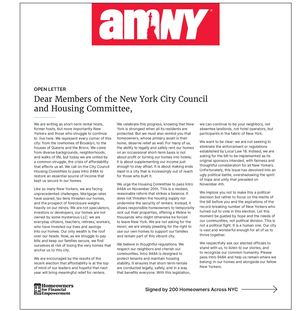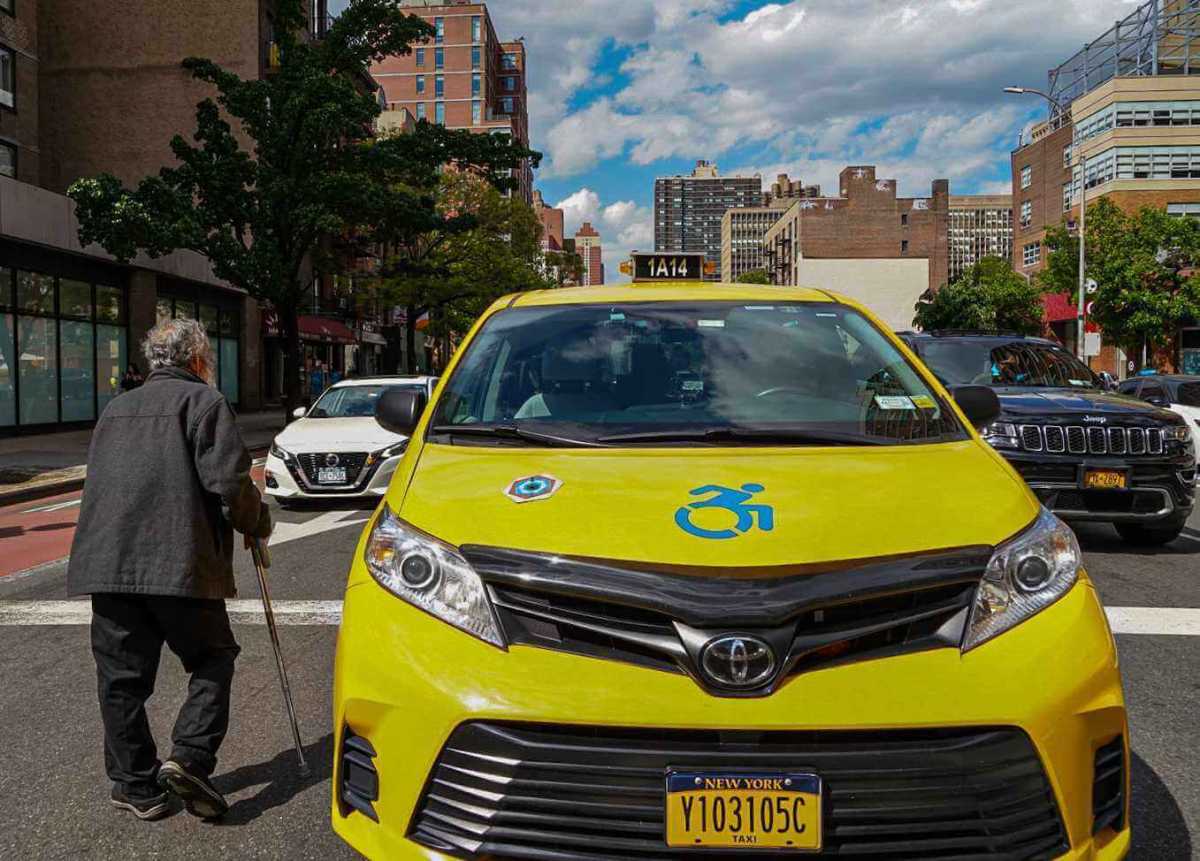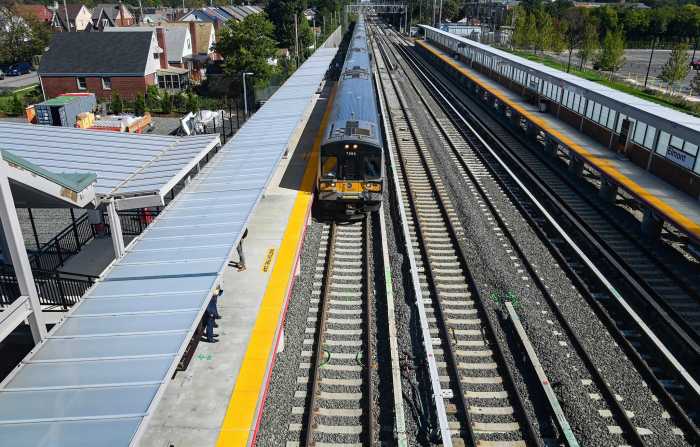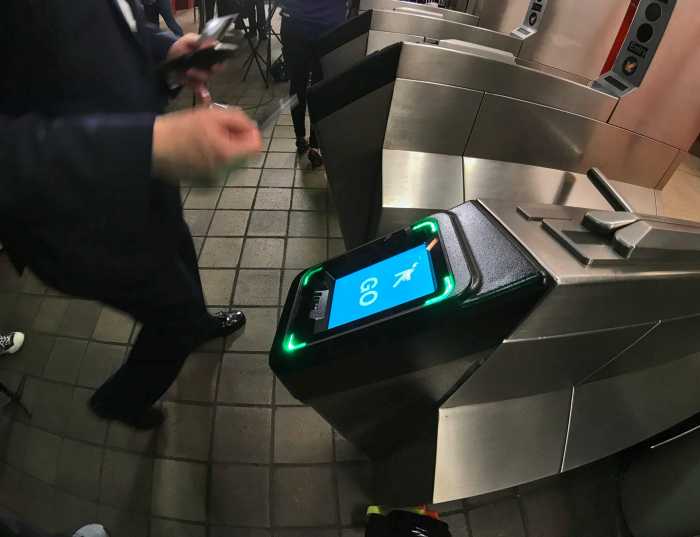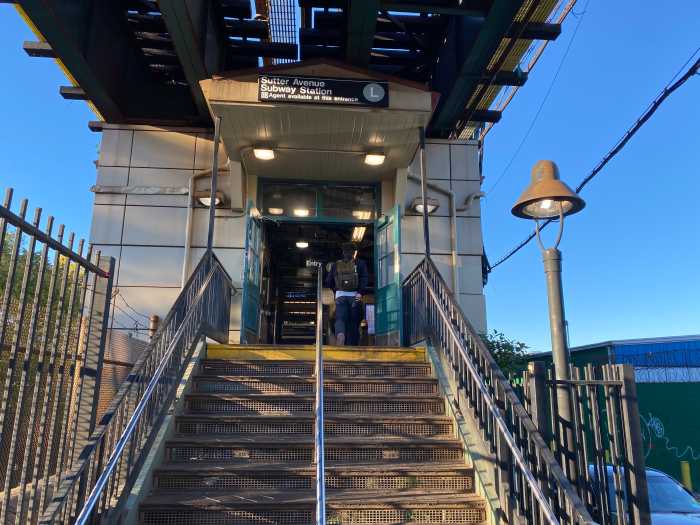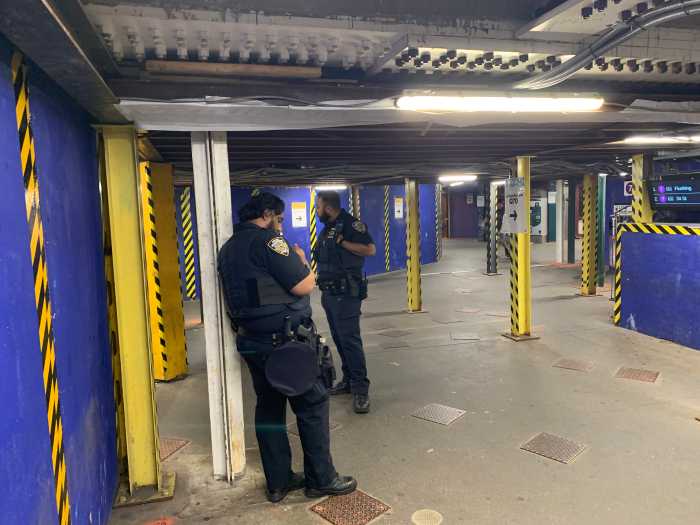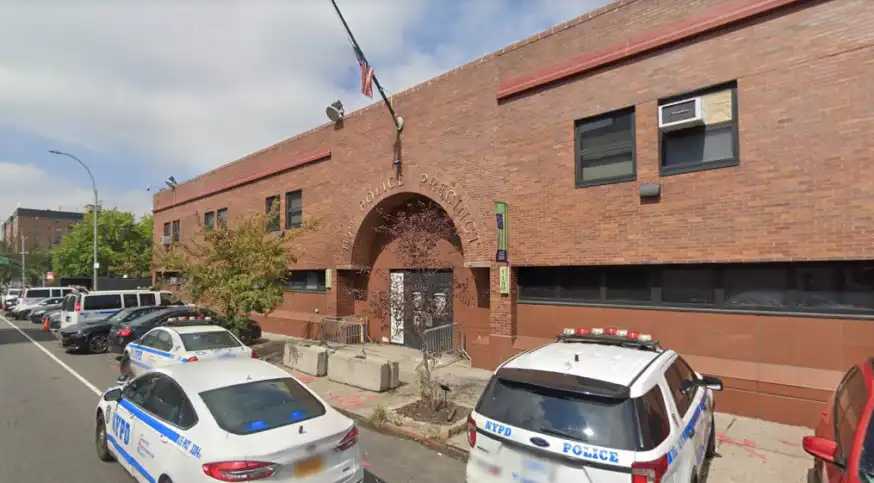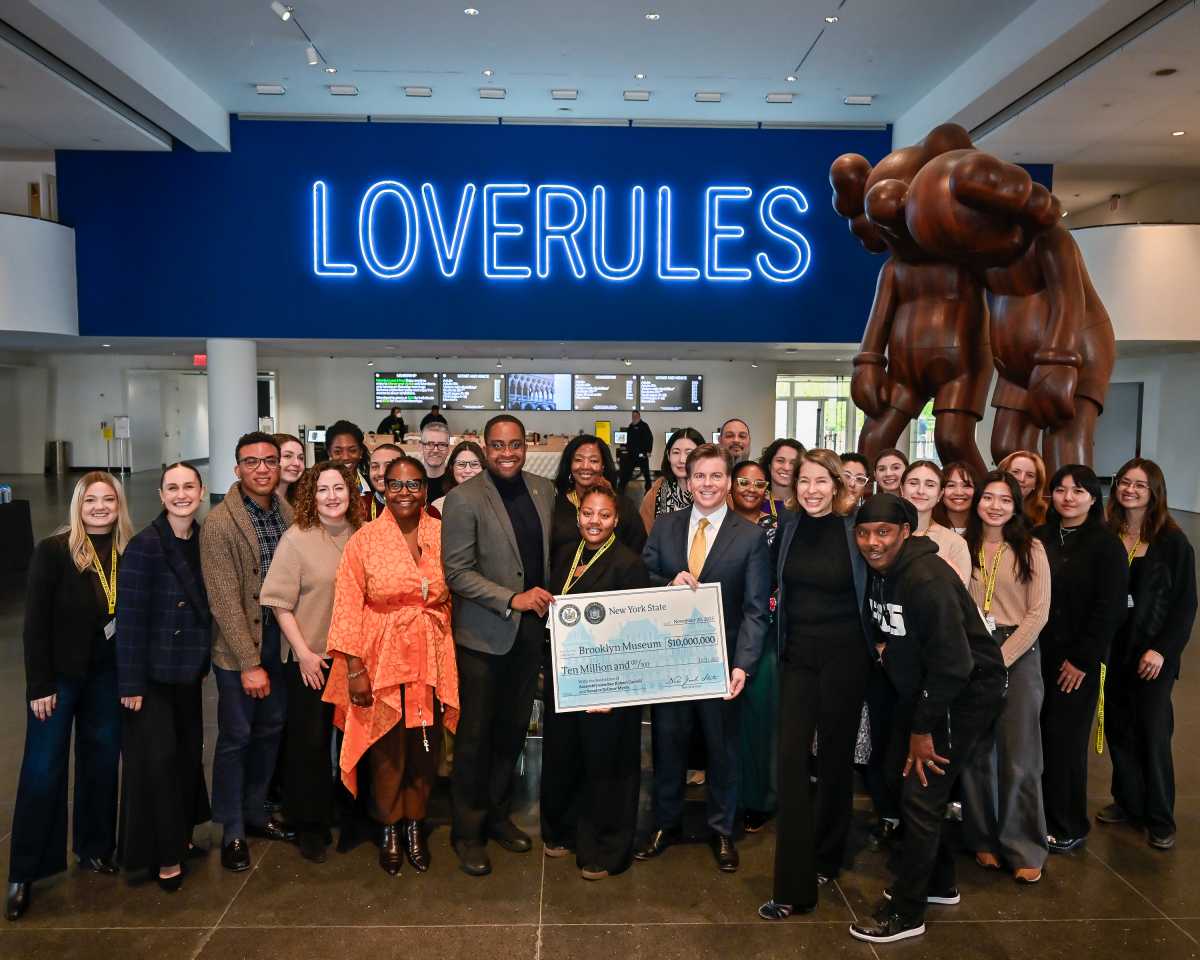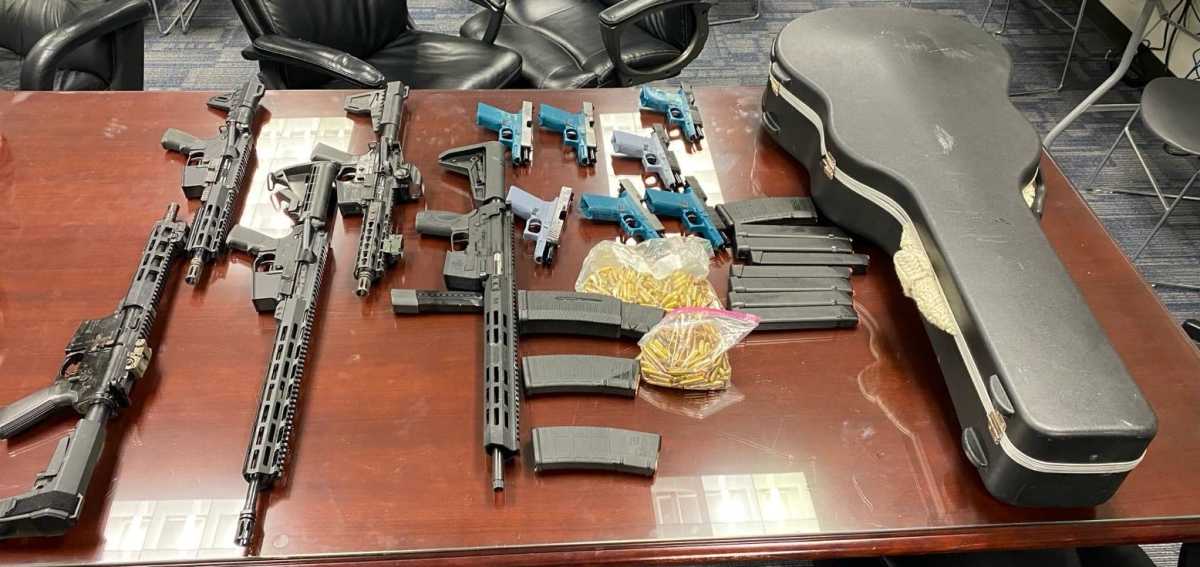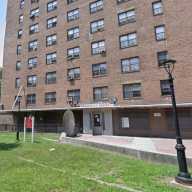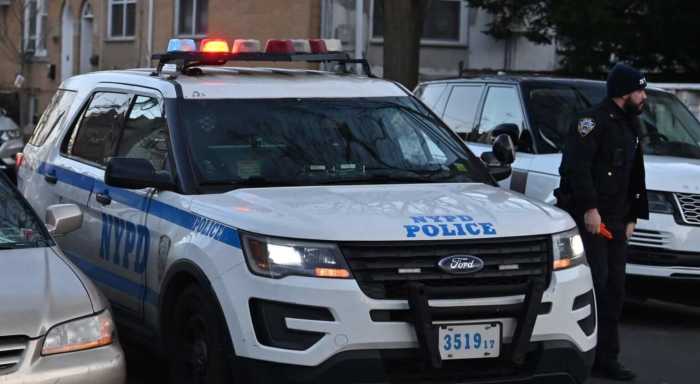Paratransit riders are sounding the alarm at a proposal by the MTA to raise fares and cap rides as it expands service for its “on-demand” Access-a-Ride pilot.
The MTA’s proposal would triple the size of the e-hail pilot, which launched in 2017, from 1,200 to 3,600 randomly-selected participants, though the number remains a small fraction of the city’s 175,000 disabled transit riders eligible for paratransit service.
The pilot has been popular among Access-a-Ride users as it addresses a key gripe with the paratransit service: participants can request a ride spontaneously and at will, just like any other transit rider, as opposed to regular Access-a-Ride users who must schedule rides a day or two in advance.
But the expansion of the pilot is not being received well in the disability community: the proposal bumps the on-demand fare by 82%, from $2.75 to $5, and puts caps on the number of trips for which the MTA will cover a co-pay.
Each fare would cost $5 for what the agency is deeming a “premium” service, with meters running based on regular cab fares. The MTA is presenting two options to riders for a co-pay structure: covering the first $40 of the meter fare, after which riders must pay any extra, for up to 25 trips per month, or covering the first $25 of fares for up to 4o trips per month.
At the MTA Board’s New York City Transit Committee on Monday, advocates deemed the proposal “rationing” that treats disabled riders like second-class citizens.
“On the subway, people are encouraged with the OMNY fare to ride more often, once you make 12 rides on the subway or the bus, then they’re free. But if you are in the on-demand program, they want to limit how many rides we can take,” said Michael Ring, a member of advocacy group Disabled in Action and a pilot program participant. “This is the opposite of the direction things should be going. People on Access-a-Ride should be able to ride spontaneously.”
Access-a-Ride was created in 1991 after the passage of the federal Americans with Disabilities Act the year prior. It exists to meet the needs of nearly 1 million New Yorkers with disabilities who are shut out of much of the region’s transit system, with only about a quarter of subway stations considered ADA-compliant. Last June, the MTA settled a lawsuit with advocates wherein it agreed to make 95% of stations accessible by 2055.
In the interim, disabled New Yorkers will continue having to rely on Access-a-Ride’s blue-and-white vans and broker services. But riders argue that the system does not provide equal protection to disabled New Yorkers, forcing them to schedule their lives around their trips and face tough luck if the timing of both their ride and their activities don’t go to plan.
Advocates said the on-demand pilot has presented a vision of what life could be like with freedom of movement for disabled New Yorkers, but that the proposed changes would effectively block many riders, who are disproportionately low-income and experience barriers to stable employment, from participating.
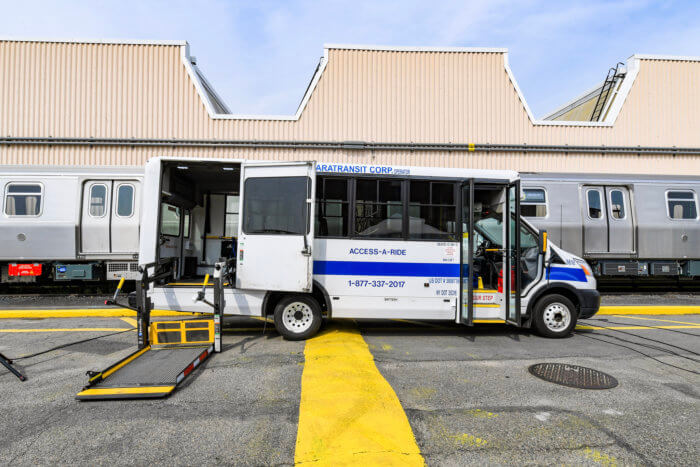
“With traditional Access-a-Ride, sometimes I have to get up four or five hours to be ready. Sometimes they do not show up. Sometimes we get left behind,” said Valerie Williams, an on-demand customer. “Because of this program, that’s why I’m here today. I took the on-demand coming and I have to take it coming back, because I don’t know what time the meeting is finished. We don’t always know when we’re gonna finish.”
“We don’t all just go to medical appointments. We live life. We’re human beings,” Williams continued. “And as a human being, I have a right…to be able to go wherever I want to go as long as I have my fare. You do not tell able-bodied people that they cannot travel, you do not tell them that, but you want to cap us? Would you like to live one day in my body and be capped?”
Disabled riders are eligible for half-priced fares on subways and buses but must pay the full $2.75 fare on Access-a-Ride. The MTA has proposed raising subway, bus, and paratransit fares to $2.90 by Labor Day.
MTA officials note that customer satisfaction with Access-a-Ride service has improved in recent years, as has on-time performance, while the number of no-shows has sharply decreased since 2021. At the committee meeting, NYC Transit President Rich Davey contended that the limitations of the proposal, which will go before the full MTA board this week, are the tradeoff needed to expand it beyond its current capacity, which is less than 1% of paratransit subscribers, while forestalling any further expenditure.
“What we’re doing is tripling that amount to 3,600 but as mentioned, asking our customers to increase their copay and think about how they use their trips. We’re looking at both volume and distance,” said Davey. “No system is perfect. I will tell you the system that we are suggesting that the board take a look at tomorrow is one that is within line with our other peer transit systems across the United States, and is a service ultimately that’s not required to be provided under AAR.”
But Access-a-Ride’s shortcomings have not only been noticed by riders. In October, the Department of Justice sent a letter to the MTA accusing the agency of failing to provide a comparable level of service to paratransit users as for those riding fixed-route services like subways and buses, an apparent violation of the ADA.
The letter highlighted “substantial numbers of significantly untimely pickups or drop-offs; substantial numbers of trip denials or missed trips; and excessively long trips” as “capacity constraints” put on riders in violation of the ADA.
Improved on-time performance on paratransit has led the MTA to reduce its threshold for what constitutes an “on-time” arrival this year, but advocates have argued the move — which reduces the threshold for a late arrival from 30 to 20 minutes behind schedule — still leaves riders stranded for significant amounts of time.
Based on the feds’ findings, disability advocates filed a class-action lawsuit against the MTA, arguing Access-a-Ride violates the ADA. The case is pending in federal court.
On Monday, Ruth Lowenkron, director of disability justice at New York Lawyers for the Public Interest, testified to the MTA that the changes to the on-demand program were also illegal, and speculated that further lawsuits could be coming the MTA’s way.
“This is a civil rights issue. It is not legal to treat the disability community differently,” said Lowenkron. “This is not a luxury service, as many have said, and it should cost no more. In fact, it should cost less.”
Read more: MTA Reintroduces Remote Work for Office Employees
